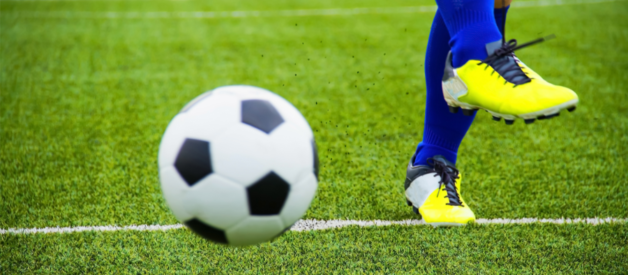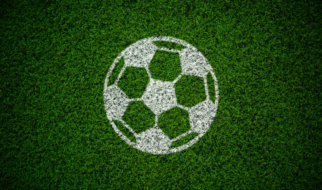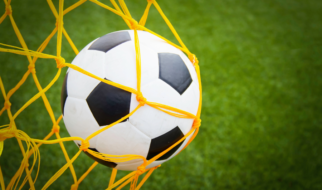My Bachelor of Science in Psychology and Sport and Exercise Science was inspired by my experience as a former international goalkeeper. It focused on how goalkeepers can increase their chances of saving penalties. We thought this article might be of interest, considering the World Cup is just a month away, and England’s poor record in penalty shootouts. Eye-tracking technology was used to determine differences in the appearance of trained and untrained football players, as well as their gaze strategies when faced with a penalty kick. The goalkeeper’s perspective was also taken into consideration. The accuracy of prediction was also examined before and after the event. It was determined which part of the body provided the most information regarding the direction the penalty taker would place the ball.
Goalkeepers are constantly trying to figure out how to improve their accuracy in predicting penalty kick direction. There are many strategies that penalty takers use to get an edge over goalkeepers. Eye-tracking studies have shown that novice and expert football players use different strategies to predict the direction of penalty kicks. Expert players are more successful at predicting these outcomes than novice players. To simulate the situation of facing a penalty kick, the experiment involved a series videos that were recorded from the goalkeeper’s perspective.
The accuracy of penalty kick direction prediction by experts was not better than that of their novice counterparts. However, they did seem to have a more effective search strategy and had significantly fewer fixations. Fixation refers to the way an individual looks at a particular point. Expert footballers focused on fewer areas of the penalty taker and football when the penalty taker was about to shoot. However, the search strategy mentioned above did not improve prediction of penalty direction.
Research has shown that the support foot of the penalty-taker is the best predictor of penalty direction (200-250 milliseconds before foot-ball contact). It also coincides with ball projection, making it one of the most valuable cues for goalkeepers. The penalty taker’s standing foot direction is also one of the last cues before striking the penalty. This makes it crucial as the difference in saving ability between penalty takers using later cues may be 52%. If the NON KICKING FOOT points to your left, a penalty taker who is right-footed will have the ball more likely to land to your left. However, if the ball takes on a straighter angle, it will more likely go to your left. If the penalty taker is left-footed, the ball will go to your right if your non-kicking foot points to your right. However, if your foot is pointed to your left, the ball will likely go to your left. Research showed that the penalty taker was a right-footed person. After their initial attempts at predicting 20 penalty kick directions, all participants received this information about the standing leg. After being given this information (the training paradigm), participants had to then predict the direction of 20 additional penalty kicks.
The training paradigm had a significant impact on dwell time (the length of fixations) as well as the number of fixations on different areas. In particular, the fixations on the standing foot were significantly reduced. This seems to be the best postural cue for penalty kick direction when it is correctly interpreted by all participants. The simple training paradigm of telling people about the utility of the standing foot and encouraging them to focus on it improved penalty kick direction prediction accuracy from 67.5% up to 87.75%.


